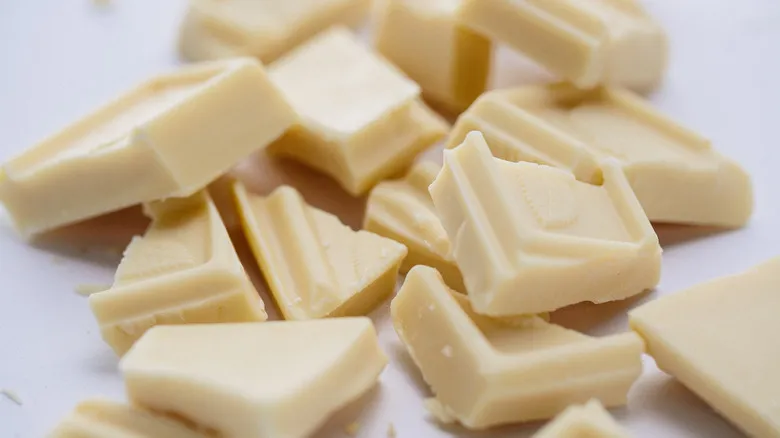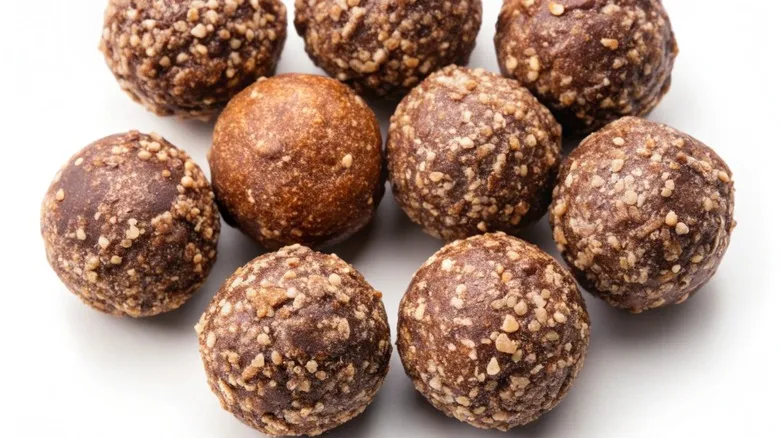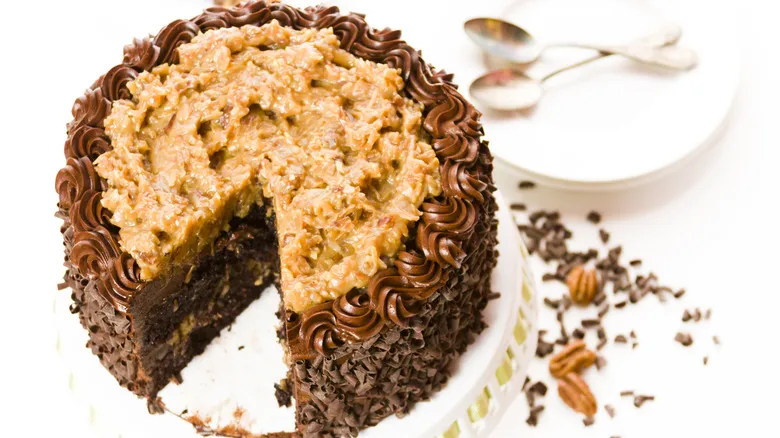What is white chocolate, exactly?

White chocolate has often been misunderstood, with many believing it lacks any true "chocolate" content. This misconception partly arises from a previous FDA ruling that deemed white chocolate not to be "real" chocolate. However, all types of chocolate—whether it's the light hue of milk chocolate, the deep richness of dark chocolate, or even white chocolate—originate from cocoa beans. The cacao nibs from these beans are ground into cocoa liquor, which, when pressed, separates into cacao solids and cacao fat, known as cocoa butter. While milk and dark chocolates are made from both solids and fat, white chocolate consists solely of cocoa butter, resulting in its pale color and subtle chocolate flavor.
In the U.S. today, for white chocolate to be classified as chocolate, it must contain at least 20% cocoa butter, which imparts a creamy, buttery texture. The majority of white chocolate, however, is composed of sugar and milk solids, contributing to its sweetness and the familiar milky flavor associated with chocolate. Despite its low cocoa content, white chocolate is still considered chocolate (and its price reflects this). As a result, it needs to be tempered when melted—whether in the microwave or on the stovetop—to achieve that desirable snap and shiny finish. You can find white chocolate in the baking section of your local grocery store and use it as a substitute in recipes that call for any type of chocolate for a sweeter outcome.
What are candy melts, exactly?

In contrast to white chocolate, wafer-shaped candy melts are not made with cocoa butter; instead, they consist of sugar, oil, and milk solids. Some varieties may include additional flavors or colors, but generally, candy melts have a predominantly sugary taste. The oil content in candy melts enables them to melt quickly and uniformly, eliminating the need for tempering, although you might want to thin them out with extra oil. Candy melts also accept food coloring well, allowing you to achieve vibrant hues for all your confectionery projects.
After dipping your pretzel, graham cracker, or strawberry into a bowl of melted candy melts, you'll find that the coating hardens rapidly, so it's best to act quickly if you want to add toppings like sprinkles or cookie crumbs. While the fast-drying nature of candy melts makes them convenient to use, it can impart a slightly waxy flavor to your desserts. When choosing between white chocolate and candy melts, your decision will likely hinge on flavor versus appearance. Although they may be a bit harder to find, candy melts can be purchased at many grocery stores and specialty baking shops, and they are typically more affordable than chocolate. So, get your double boilers ready and start melting your wafers and bars to determine which ingredient works best for your baking needs.
Recommended

Why You Shouldn't Donate Homemade Baked Goods To Food Drives

How To Customize Kentucky Bourbon Balls For Any Occasion

The Secret To Audrey Hepburn's Chocolate Cake? A Shocking Amount Of Eggs

German Chocolate Cake Has Nothing To Do With Germany
Next up

